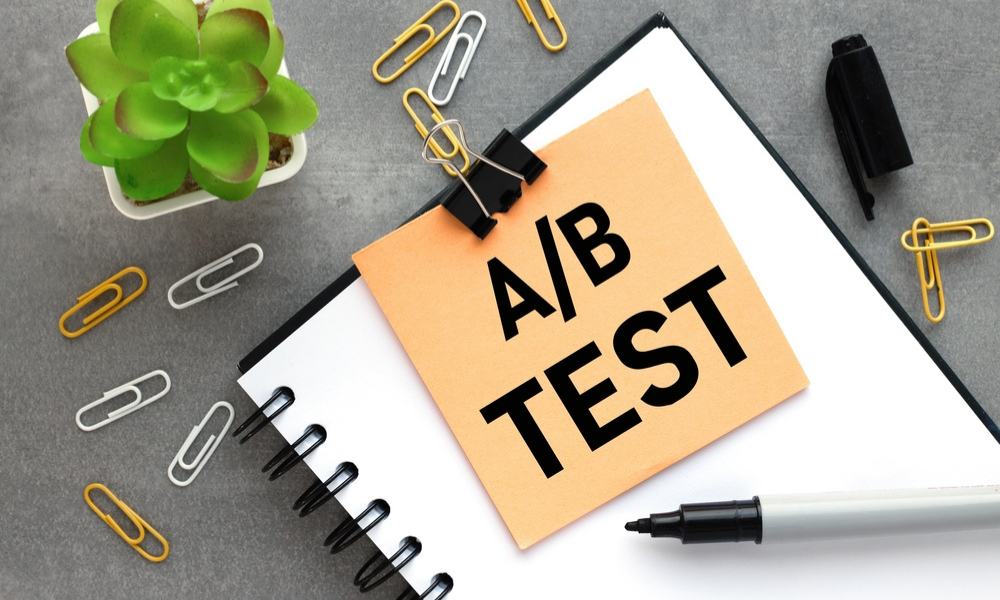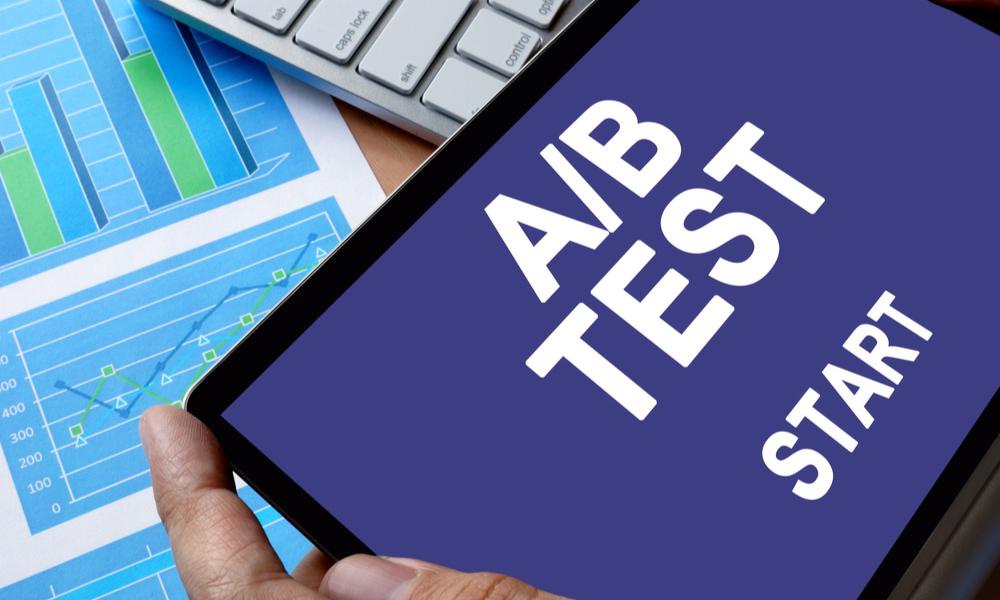When you first created your construction website, you may have thought it was as simple as setting up a few pages, adding some images, and linking to your contact form. Easy, right? Well, not exactly. Building a website that consistently generates leads and brings in new clients isn’t a one-time effort. It’s an ongoing process of refinement and improvement.
For your site to perform at its best, you need to figure out what works for your visitors—and what doesn’t. That’s where A/B testing comes in. In this guide, I’ll explain how you can use A/B testing to improve your construction website’s performance and turn it into a powerful tool for attracting clients.
What You’ll Learn in This Guide
What A/B Testing Is
A clear explanation of the A/B testing process and its relevance for construction websites.
Why A/B Testing Matters for Construction Businesses
Learn how testing small changes can drive big improvements in lead generation and user experience.
What You Can Test on Your Website
A breakdown of key elements like CTAs, forms, images, and navigation to consider for testing.
How to Get Started with A/B Testing
Step-by-step guidance, tools to use, and how to set up effective tests.
Best Practices for A/B Testing in the Construction Industry
Tips to ensure meaningful results without wasting time or resources.
How to Analyze Results and Optimize Your Website
Learn how to interpret test outcomes and make data-backed improvements.
What Is A/B Testing?
A/B testing is a method of comparing two versions of a webpage or element to see which one performs better. It’s like a digital experiment where you show one group of visitors Version A (the control) and another group Version B (the variation) to measure which one produces better results.
For example, imagine you’re unsure whether a green “Request a Quote” button or a blue one works better. An A/B test splits your site visitors into two groups, showing each a different version of the button. By tracking clicks, you can identify the winning option.
For construction websites, A/B testing is invaluable. It takes the guesswork out of website design and gives you actionable insights to make informed decisions.
Why A/B Testing Matters for Construction Businesses
The construction industry is highly competitive. Whether you’re targeting local clients in Perth or international projects, your website must stand out. Here’s why A/B testing is critical:
- Boost Lead Generation: Small tweaks, like changing a headline or adjusting form placement, can result in more inquiries.
- Enhance User Experience: Testing helps identify what your audience prefers, making it easier for them to find and engage with your services.
- Increase Revenue Potential: Every lead counts. Optimizing your website through A/B testing can directly impact your bottom line.
By understanding your audience’s behavior, you can create a site that speaks directly to their needs and encourages them to take action.
What to Test on Your Website
Call-to-Action (CTA) Buttons
Your CTA buttons are critical for driving conversions. Test:
- Colors: Try green versus blue to see which garners more clicks.
- Text: Compare “Request a Quote” with “Get a Free Estimate.”
- Placement: Does a prominent button at the top of your homepage perform better than one at the bottom?
Forms
Your contact or lead generation forms can make or break a conversion. Experiment with:
- Length: Short forms with just name, email, and project details versus longer ones that capture additional information.
- Design: Rounded corners versus sharp edges, or a clean white background versus a lightly colored one.
Images and Visuals
Construction is a visually driven industry. Test:
- Real project images versus stock photography.
- Image sizes—are large, high-resolution images more engaging than smaller ones?
- Galleries versus single feature images.
Headlines
Your headline is often the first thing visitors notice. Test:
- Direct and simple headlines like “Perth’s Leading Construction Services” against more engaging ones like “Transforming Spaces with Reliable Expertise.”
Page Layout
Website layout can significantly affect user engagement. Test:
- Placing your contact form above the fold versus at the bottom.
- Sidebar navigation versus a top menu.

How to Get Started with A/B Testing
Tools You’ll Need
Here are some tools to help you set up and run A/B tests:
- Google Optimize: Free and integrates seamlessly with Google Analytics.
- Optimizely: A user-friendly platform for creating and running tests.
- Hotjar: Offers heatmaps and session recordings to identify areas for improvement.
Steps to Start A/B Testing
- Identify Goals: Define what you want to improve—click-through rates, form submissions, or time spent on a page.
- Create Variations: Develop an alternate version of the element you want to test.
- Launch the Test: Use your chosen tool to split traffic and start collecting data.
- Monitor and Analyze: Track results to determine which version performs better.
Best Practices for A/B Testing in the Construction Industry
- Test One Element at a Time: Focus on one variable—like button color or headline text—to isolate what’s driving the change.
- Run Tests Long Enough: Allow at least 2–4 weeks to gather meaningful data.
- Segment Your Audience: Consider testing specific groups, like visitors from Perth versus international users.
Testing too many elements at once or stopping a test prematurely can lead to inconclusive results.
Analyzing Results and Optimizing Your Website
Once your test concludes, it’s time to dig into the data. Here’s how:
Key Metrics to Track
- Conversion Rate: Did the change result in more form submissions or quote requests?
- Engagement: Are users spending more time on the site or clicking deeper into pages?
- Bounce Rate: Did visitors leave after viewing the page?
Drawing Conclusions
Look for statistically significant results. If one version consistently outperforms the other, it’s time to implement the change.
Continuous Improvement
A/B testing isn’t a one-time task. As your audience’s preferences evolve, so should your website. Regular testing ensures your site remains optimized for performance.
Real-World Example: A/B Testing Success in Construction
A local Perth-based contractor decided to test the wording on their homepage headline. The original headline read, “Welcome to Our Construction Services.” The test version was more action-oriented: “Let’s Build Your Dream Project.” The result? The revised headline increased inquiries by 35%, demonstrating the power of clear, engaging language.
Conclusion
Your website is your digital storefront—make sure it’s working as hard as you are. With our Conversion Rate Optimization Service, you can turn more visitors into leads. Get a Free CRO Optimization Plan tailored to your construction business today. Let’s build something great together!


